-
×
 4-20mA R Click
1 × R480.00
4-20mA R Click
1 × R480.00 -
×
 GSM Click
1 × R1,050.00
GSM Click
1 × R1,050.00 -
×
 GSM/GNSS Click
1 × R1,700.00
GSM/GNSS Click
1 × R1,700.00 -
×
 WiFi Plus Click
1 × R2,250.00
WiFi Plus Click
1 × R2,250.00 -
×
 RS485 Click 5V
1 × R235.00
RS485 Click 5V
1 × R235.00 -
×
 HYDROGEN Click
2 × R335.00
HYDROGEN Click
2 × R335.00 -
×
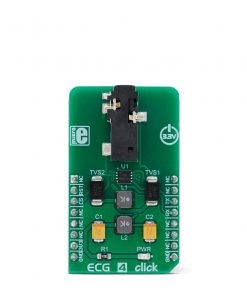 ECG 4 Click
1 × R780.00
ECG 4 Click
1 × R780.00 -
×
 GSM-GPS Click
1 × R1,350.00
GSM-GPS Click
1 × R1,350.00 -
×
 microSD Click
1 × R355.00
microSD Click
1 × R355.00 -
×
 BEE Click
1 × R800.00
BEE Click
1 × R800.00
Subtotal: R9,670.00

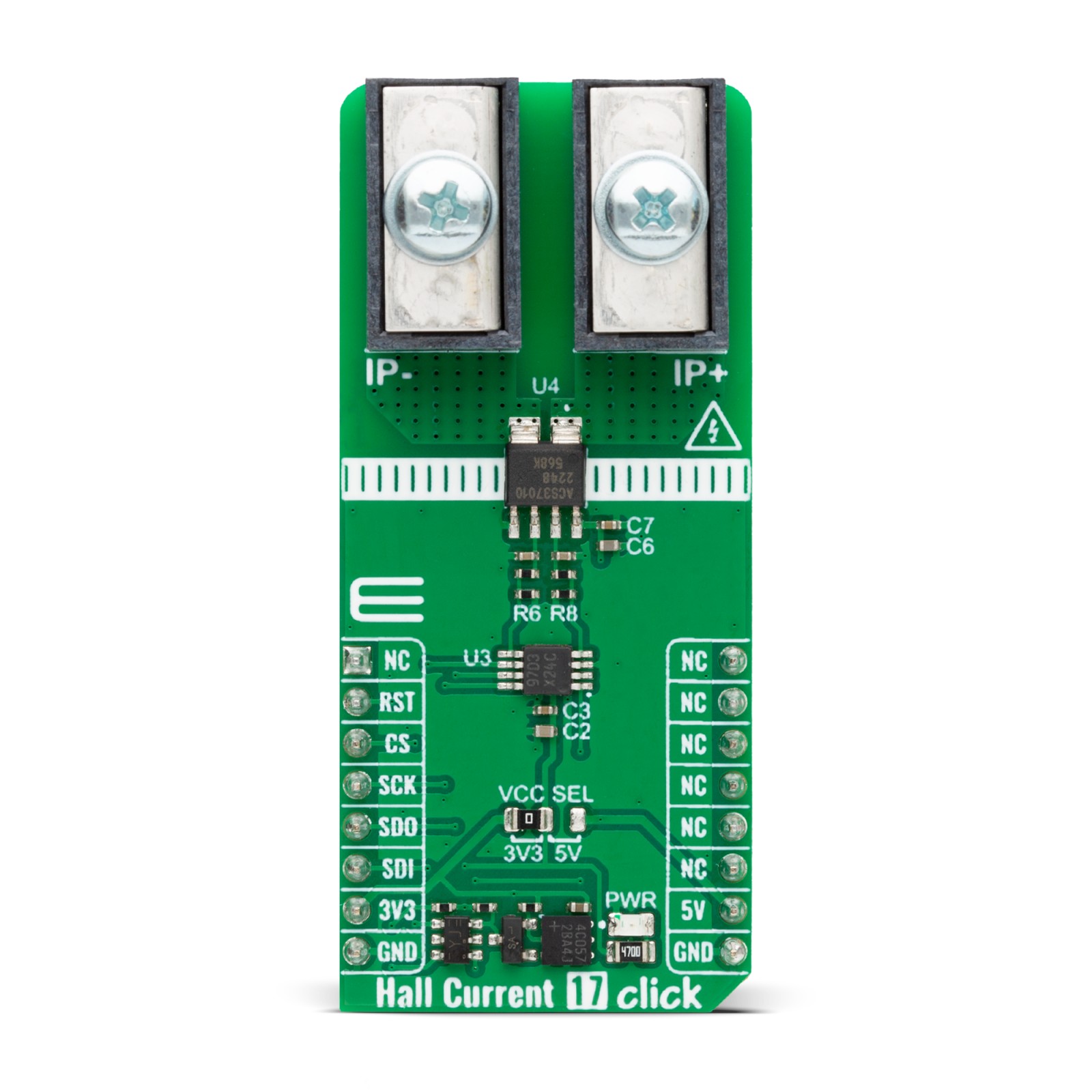
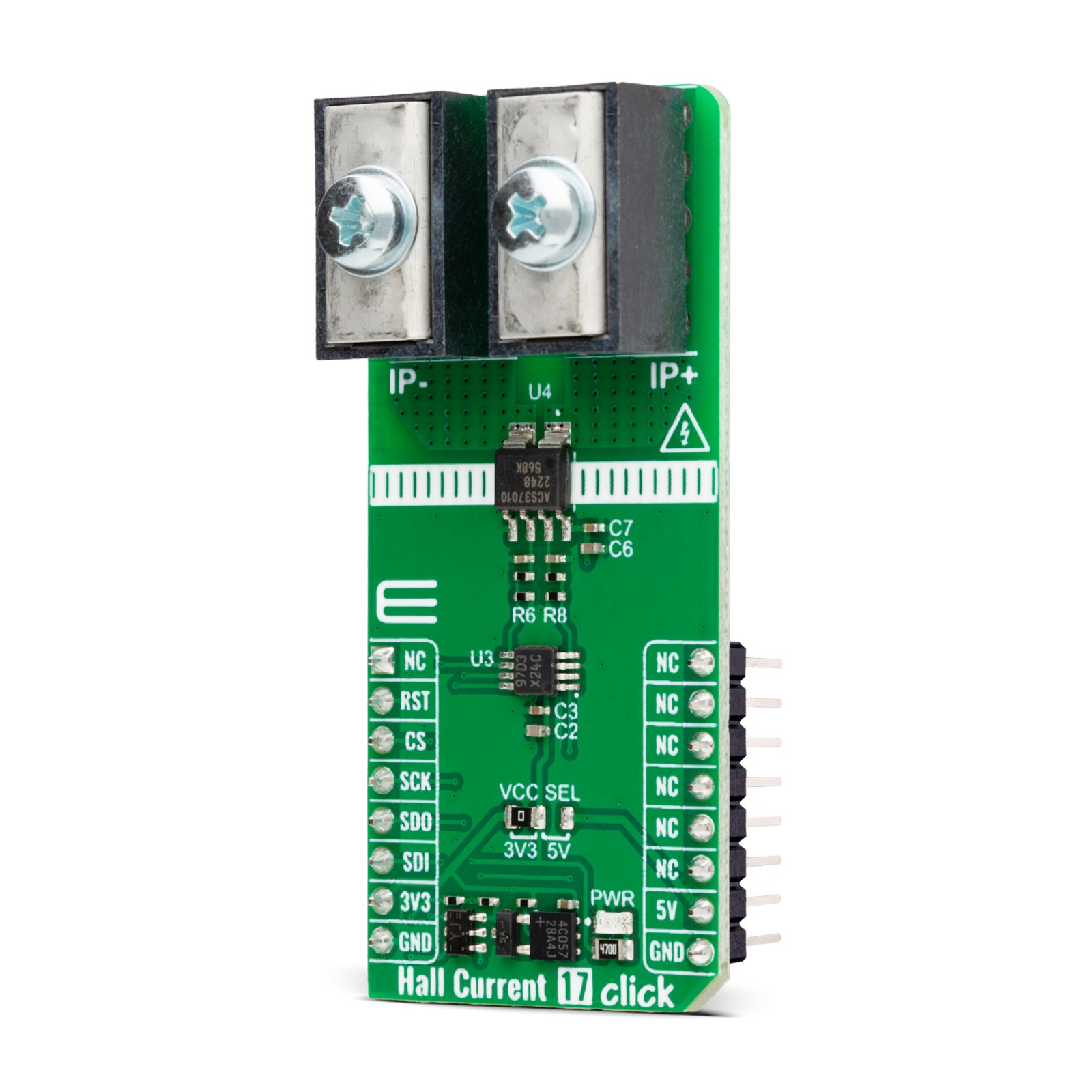
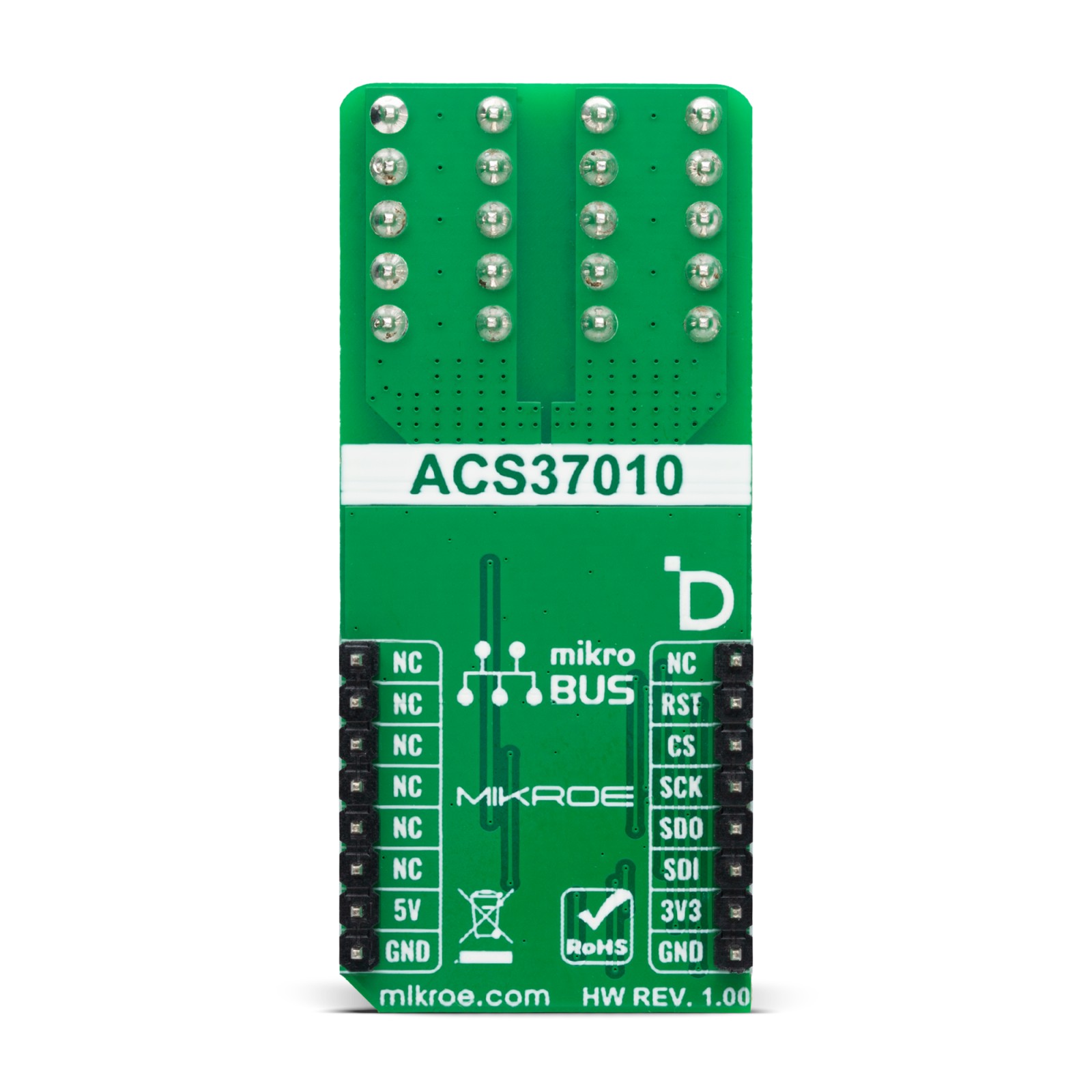
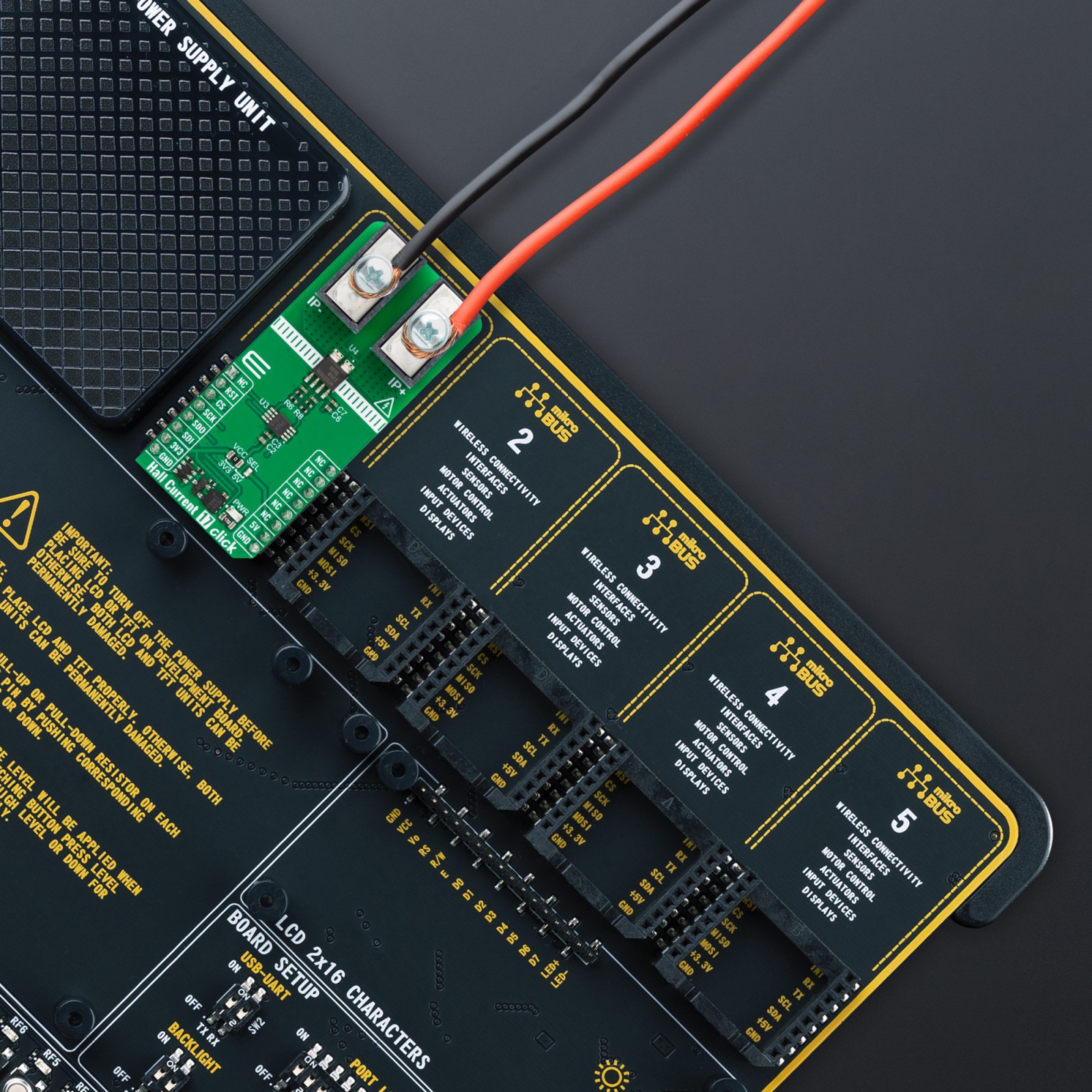
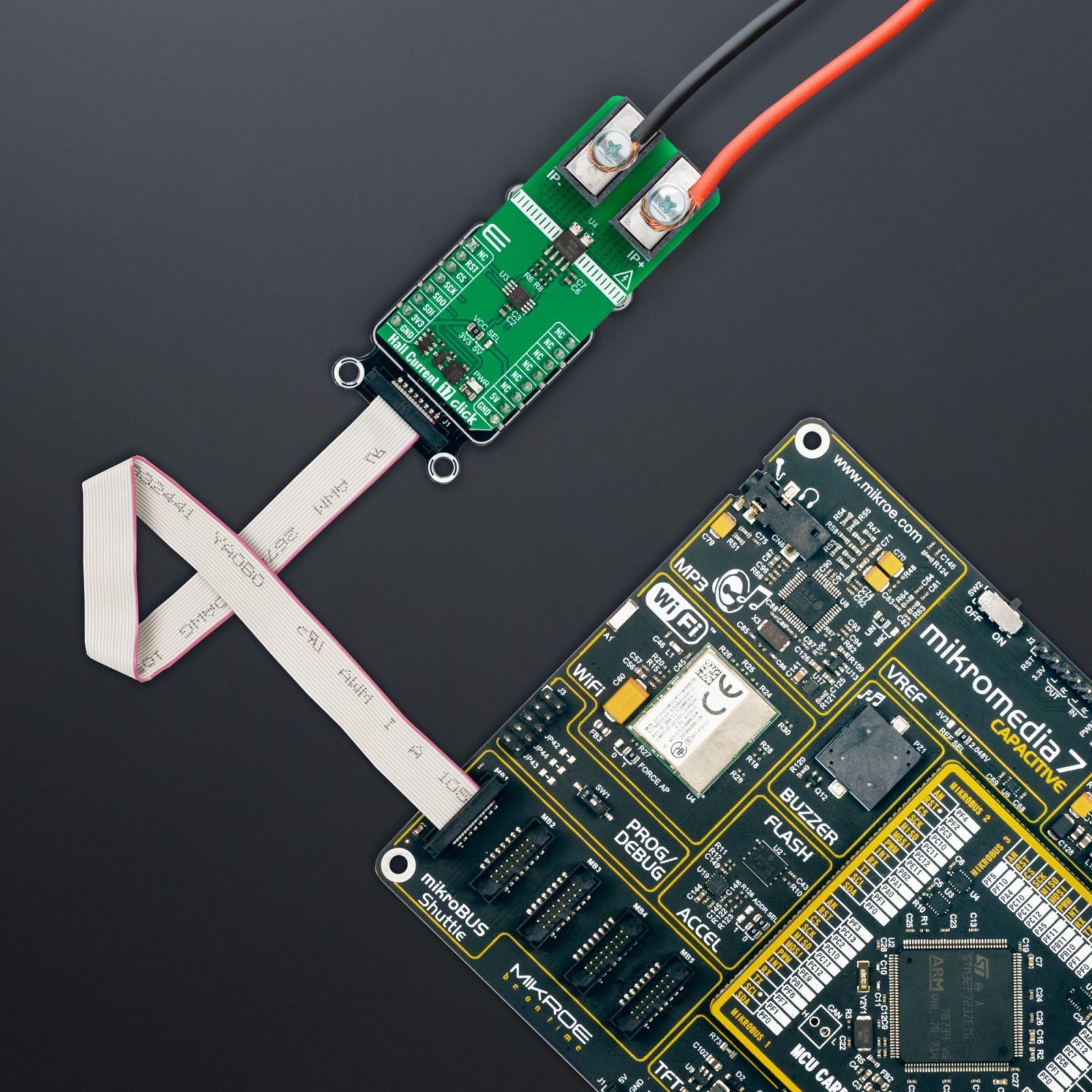
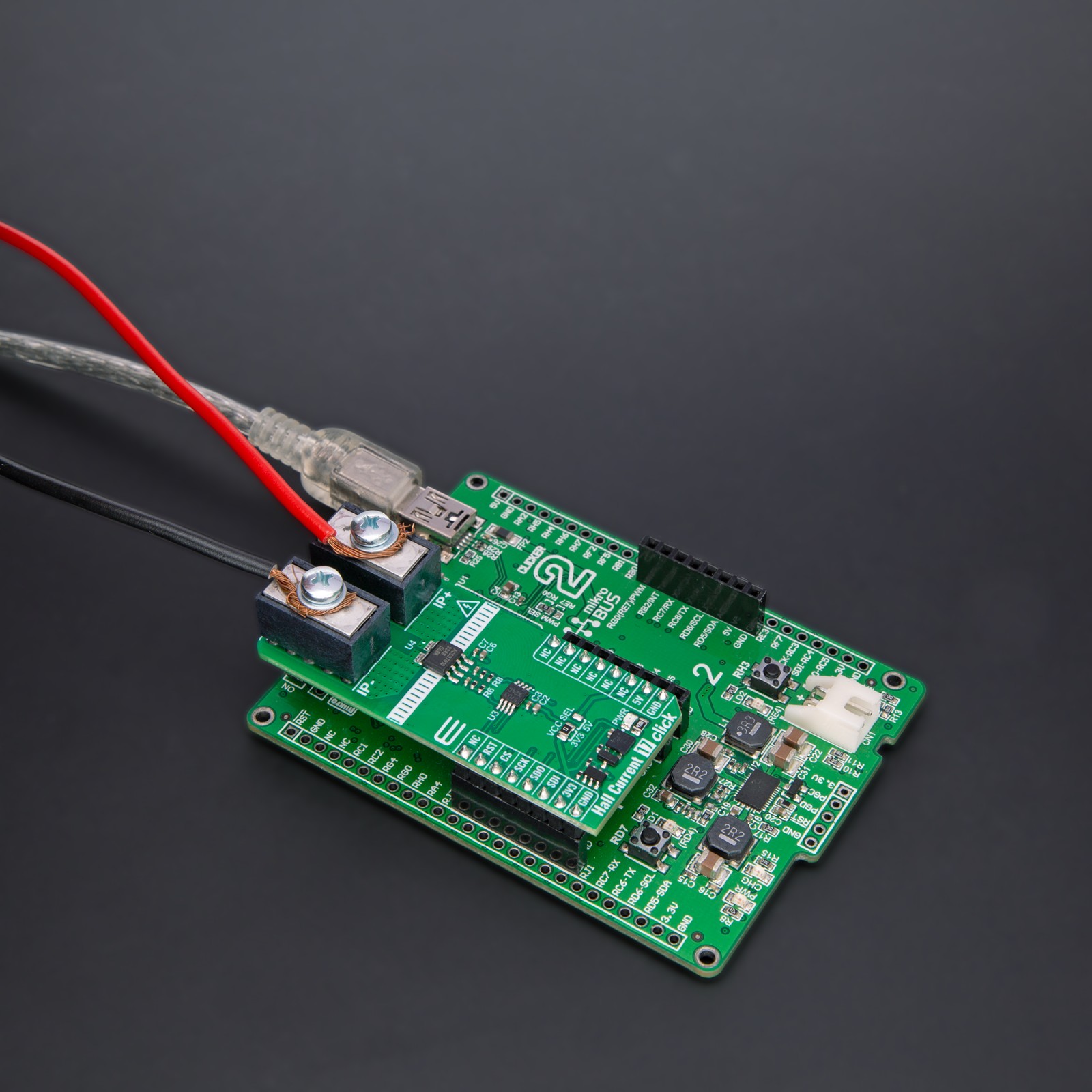

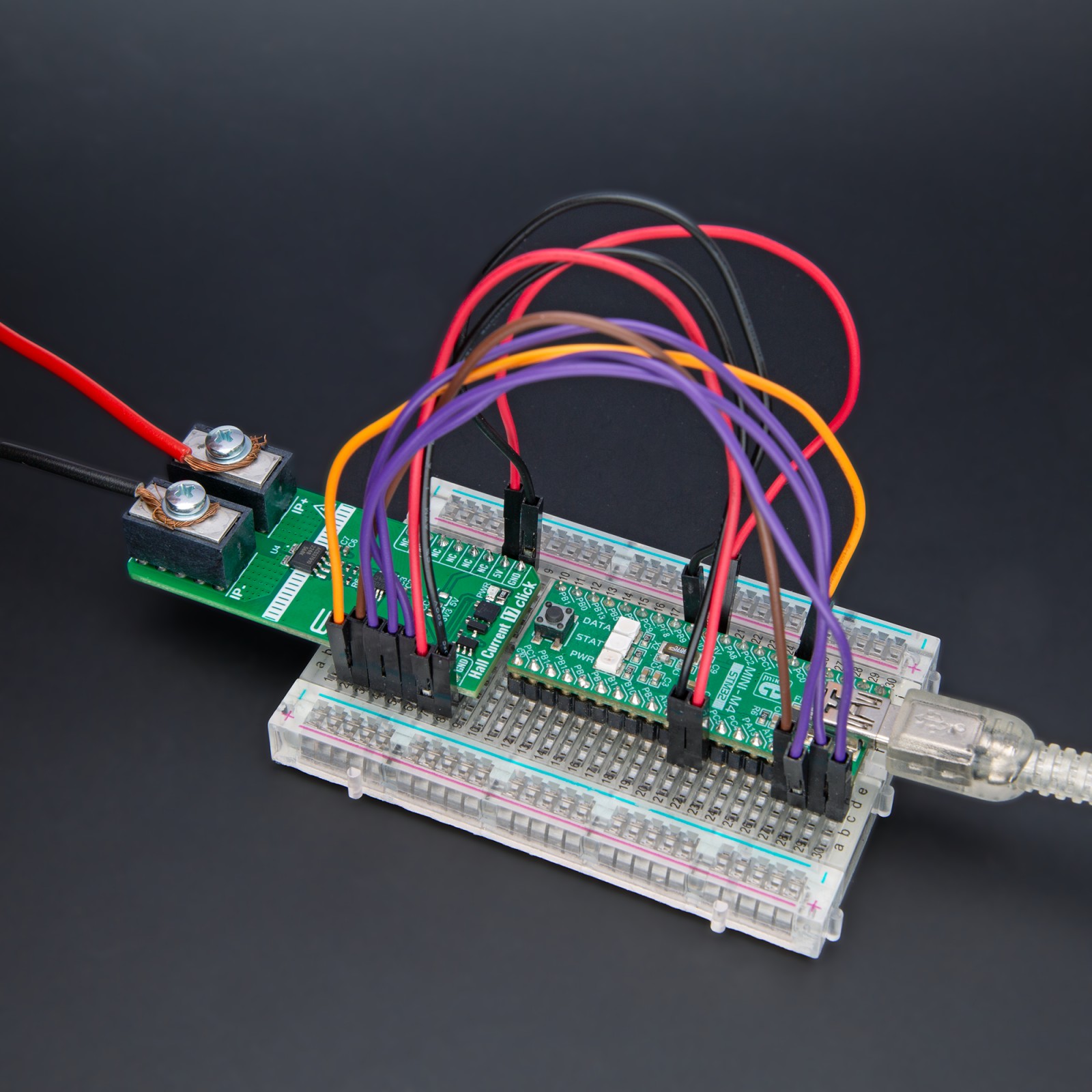
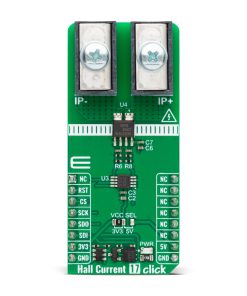
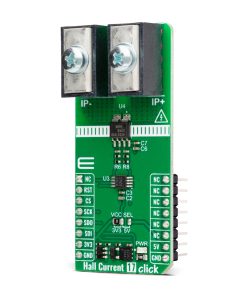
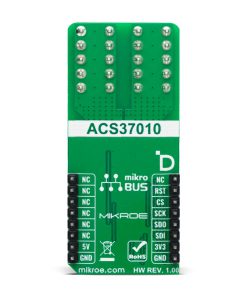
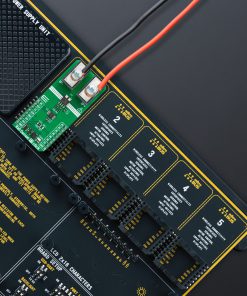
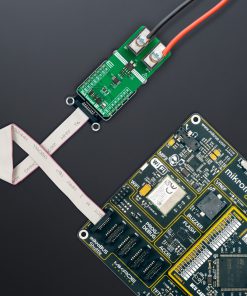

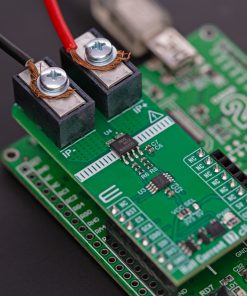
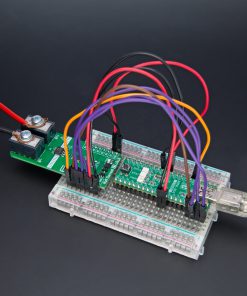
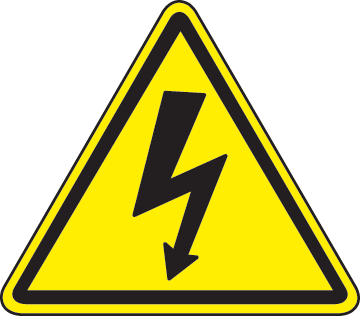 DO NOT TOUCH THE BOARD WHILE THE LOAD IS CONNECTED!
DO NOT TOUCH THE BOARD WHILE THE LOAD IS CONNECTED!.jpg)




